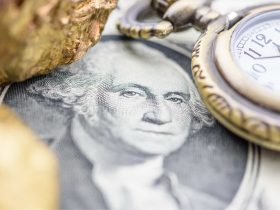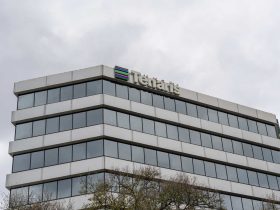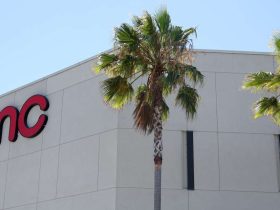Recap from July’s Picks
On a price return basis, the Dividend Growth Stocks Model Portfolio (-3.8%) underperformed the S&P 500 (-2.2%) by 1.6% from July 27, 2023 through August 28, 2023. On a total return basis, the Model Portfolio (-3.6%) underperformed the S&P 500 (-2.2%) by 1.4% over the same time. The best performing stock was up 8%. Overall, 13 out of 27 Dividend Growth stocks outperformed their respective benchmarks (S&P 500 and Russell 2000) from July 27, 2023 through August 28, 2023..
The methodology for this model portfolio mimics an “All Cap Blend” style with a focus on dividend growth. Selected stocks earn an attractive or very attractive rating, generate positive free cash flow (FCF) and economic earnings, offer a current dividend yield >1%, and have a 5+ year track record of consecutive dividend growth. This model portfolio is designed for investors who are more focused on long-term capital appreciation than current income, but still appreciate the power of dividends, especially growing dividends.
Featured Stock for August: Steel Dynamics
STLD
STLD
Steel Dynamics (STLD) is the featured stock in August’s Dividend Growth Stocks Model Portfolio. I first made Steel Dynamics a Long Idea in June 2023.
Steel Dynamics has grown revenue by 10% compounded annually and net operating profit after tax (NOPAT) by 26% compounded annually since 2012. The company’s NOPAT margin increased from 4% in 2012 to 15% over the TTM, while invested capital turns rose from 1.4 to 2.7 over the same time. Higher invested capital turns and NOPAT margins drive return on invested capital (ROIC) from 5% in 2012 to 26% in TTM.
Figure 1: Steel Dynamic’s Revenue & NOPAT Since 2012
Free Cash Flow Supports Regular Dividend Payments
Steel Dynamics has increased its regular dividend from $0.19/share in 1Q18 to $0.43/share in 3Q23. The current quarterly dividend, when annualized, equals $1.72/share and provides a 1.6% dividend yield.
More importantly, Steel Dynamics’ free cash flow (FCF) easily exceeds its regular dividend payments. From 2018 through 2Q23, Steel Dynamics generated $5.4 billion (27% of current enterprise value) in FCF while paying $1.2 billion in dividends. See Figure 2.
Figure 2: Steel Dynamics’ FCF vs. Regular Dividends Since 2018
Companies with FCF well above dividend payments provide higher-quality dividend growth opportunities. On the other hand, dividends that exceed FCF cannot be trusted to grow or even be maintained.
STLD Is Undervalued
At its current price of $106/share, Steel Dynamics has a price-to-economic book value (PEBV) ratio of 0.5. This ratio means the market expects Steel Dynamics’ NOPAT to permanently fall 50% from current levels. This expectation seems overly pessimistic given that Steel Dynamics has grown NOPAT by 26% compounded annually since 2012 and 20% compounded annually since 1998.
Even if Steel Dynamics’ NOPAT margin falls to 11% (average since 2016), and revenue falls by % compounded annually through 2032, the stock would be worth $135/share today – a 27% upside. See the math behind this reverse DCF scenario. In this scenario, Steel Dynamics’ NOPAT would decline 5% compounded annually through 2032. Should the company’s NOPAT grow more in line with historical growth rates, the stock has even more upside.
Add in Steel Dynamics’ 1.6% dividend yield and a history of dividend growth, and it’s clear why this stock is in August’s Dividend Growth Stocks Model Portfolio.
Critical Details Found in Financial Filings by My Firm’s Robo-Analyst Technology
Below are specifics on the adjustments I make based on Robo-Analyst findings in Steel Dynamics’ 10-K and 10-Qs:
Income Statement: I made $146 million in adjustments with a net effect of removing $104 million in non-operating expenses (1% of revenue).
Balance Sheet: I made $2.2 billion in adjustments to calculate invested capital with a net decrease of $1.0 billion. The most notable adjustment was $534 million (4% of reported net assets) in asset write-downs.
Valuation: I made $4.8 billion in adjustments, with a net decrease in shareholder value of $2.6 billion. The most notable adjustment to shareholder value was $2.8 billion in total debt. This adjustment represents 16% of Steel Dynamics’ market value.
Disclosure: David Trainer, Kyle Guske II, Italo Mendonça, and Hakan Salt receive no compensation to write about any specific stock, style, or theme.
Read the full article here













Leave a Reply